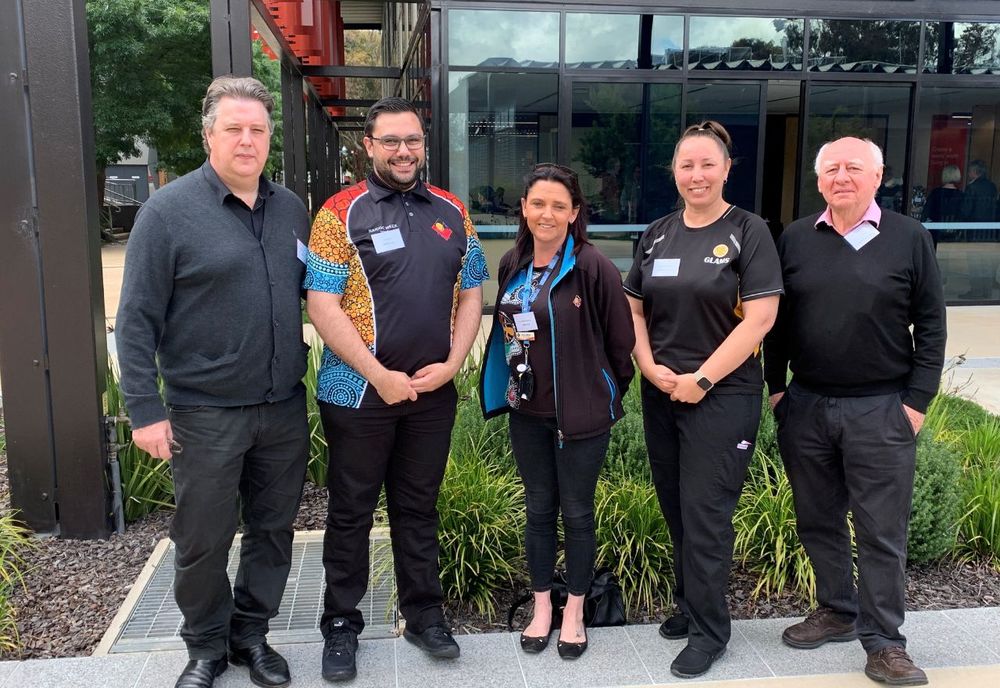Facing the facts on First Nations health in local towns
Marnie Ryan
28 November 2022, 6:46 AM
 Chronic health conditions are impacting the health gap between First Nations and Non-First Nations people in Gilgandra and Coonamble.
Chronic health conditions are impacting the health gap between First Nations and Non-First Nations people in Gilgandra and Coonamble.The Charles Sturt University Rural Health and Medical Institute have been researching alarming health statistics and disparities between First Nations and non-Indigenous people across parts of the Central West and results show rates of disease and chronic health conditions are exponentially climbing in rural communities.
At a full-day workshop in Orange on Tuesday 15 November Aboriginal Medical Service team members were presented with community health profiles compiled from public data sources across five communities including Orange, Dubbo, Wellington, Gilgandra and Coonamble.
A comparison in rates of disease and chronic health conditions between First Nations and Non-First Nations people in local communities were also revealed - and the results were not pretty.
Executive Director of Charles Sturt University's Rural Health and Medical Institute Professor Allen Ross has conducted significant research regarding the health gap between First Nations and Non- First Nations people.
"The research concluded that Coonamble and Gilgandra First Nations people are dying twenty years earlier on average than Non-First Nations community members. The average life expectancy of First Nations people within these communities is 64 years of age," Professor Ross said.
"High rates of obesity were also present...40% of First Nations children are overweight or obese with 75% being physically inactive.
"We have also concluded that a high percentage of First Nations children may have a normal body mass index (BMI), however they carry more fat in their gut due to genetics or susceptibility, which links to early onset diabetes and metabolic syndrome.
"The most common cause of death amongst First Nations adults is cardiovascular diseases including strokes, heart attacks, coronary heart disease and diabetes," he said.

ABOVE: Executive Director of the Charles Sturt University Rural Health and Medical Research Institute Professor Allen Ross, Mr Taylor Clark and Ms Anne-Marie Mepham from Orange Aboriginal Medical Services, and Ms Cherie Forgione from Gilgandra Local Aboriginal Medical Service. PHOTO Trease Clarke, Charles Sturt Media.
Professor Allen Ross believes that there are many reasons as to why health disparities between First Nations people and Non- First Nations people continue to grow within rural communities.
"We have to understand there is not just one single factor that could be increasing early- onset deaths amongst first Nations people," Professor Ross said.
"We know that a lot of people are not utilising health services like they should be and we know that a lot of people also are not compliant with their medication. What we need to know is why this is the case.
"Within the Gilgandra, Dubbo and Coonamble communities there are high rates of alcoholism, homelessness, domestic violence, stress and depression.
"We also know that around 20% of people living in Gilgandra and Coonamble do not own a car and one third of residents do not have access to the internet. All these reasons can combine and significantly decrease someone's ability to access health services and furthermore decrease someone's life expectancy," he said.
Professor Ross will be visiting communities within the region over the next year or two, using the 'grassroots' research approach.
"The grassroots approach simply means that when we visit communities we will not have a set agenda. We will be setting the agenda in partnership with the local AMS by conducting community based research which will develop interventions based on the priorities for that specific community," he said.
"I will be spending weeks if not months within each community to work closely with the AMS and local community members.
"If you don't engage within the community, how do people understand what that particular community needs?
"I am hoping I can make a real difference at Coonamble and Gilgandra. I will work to uncover the statistics surrounding current health issues and what interventions we can create and put into action to address and reduce the chronic rural health gap in First Nation communities across the Central West NSW," Professor Ross said.




